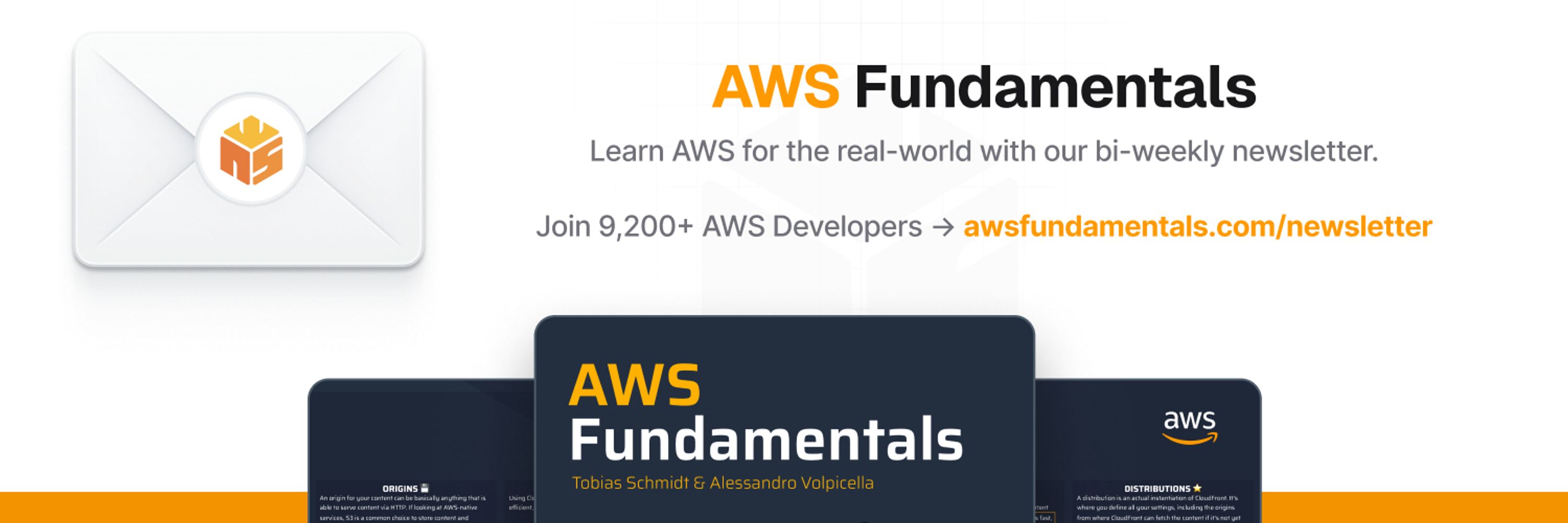
Tobias Schmidt
@tpschmidt.com
680 followers
64 following
1.1K posts
Helping aspiring engineers master the cloud
👨💻 Freelance Software Engineer
✍️ Book #1: http://awsfundamentals.com
📕 Book #2: http://cloudwatchbook.com
Learn AWS for Free: https://awsfundamentals.com/newsletter
Posts
Media
Videos
Starter Packs







